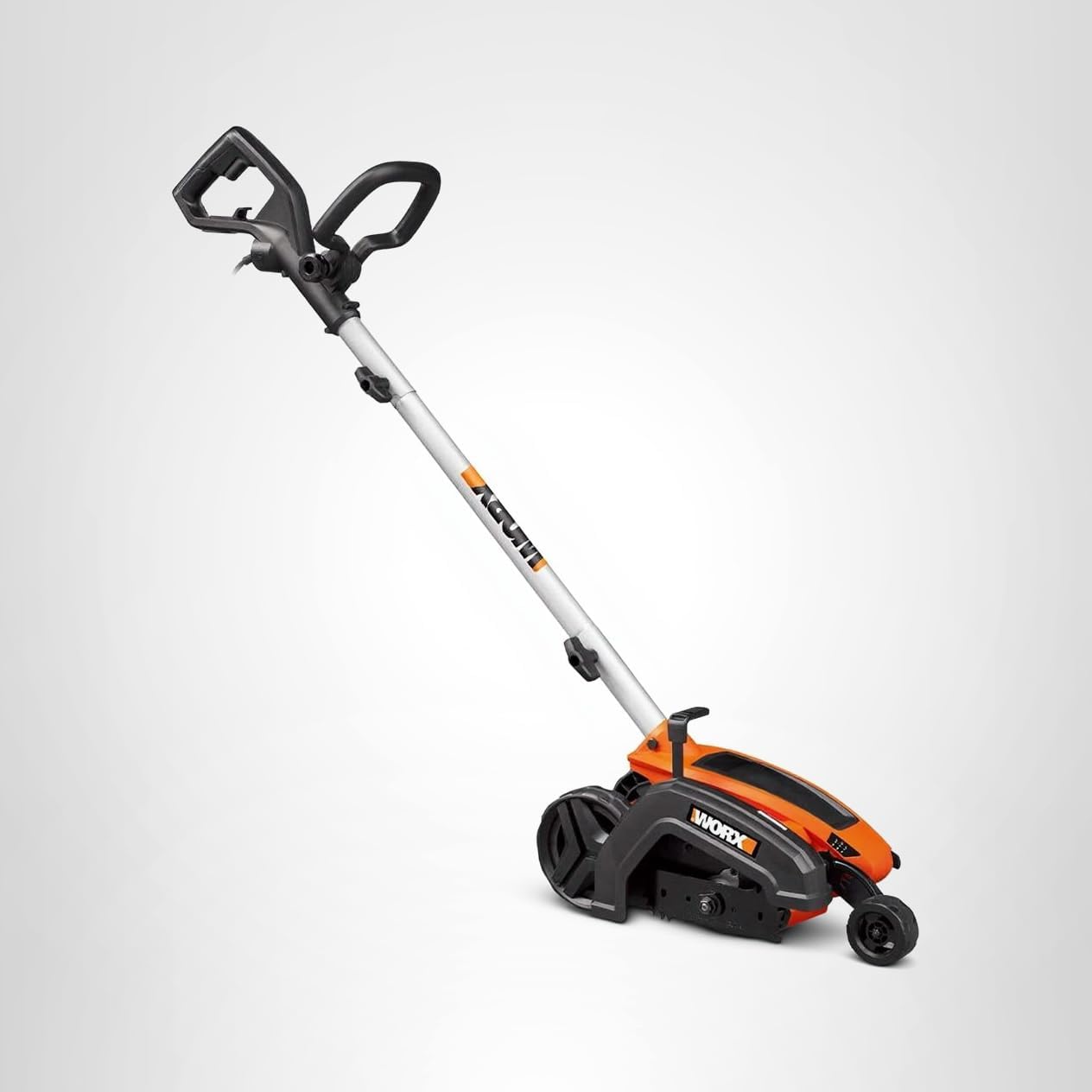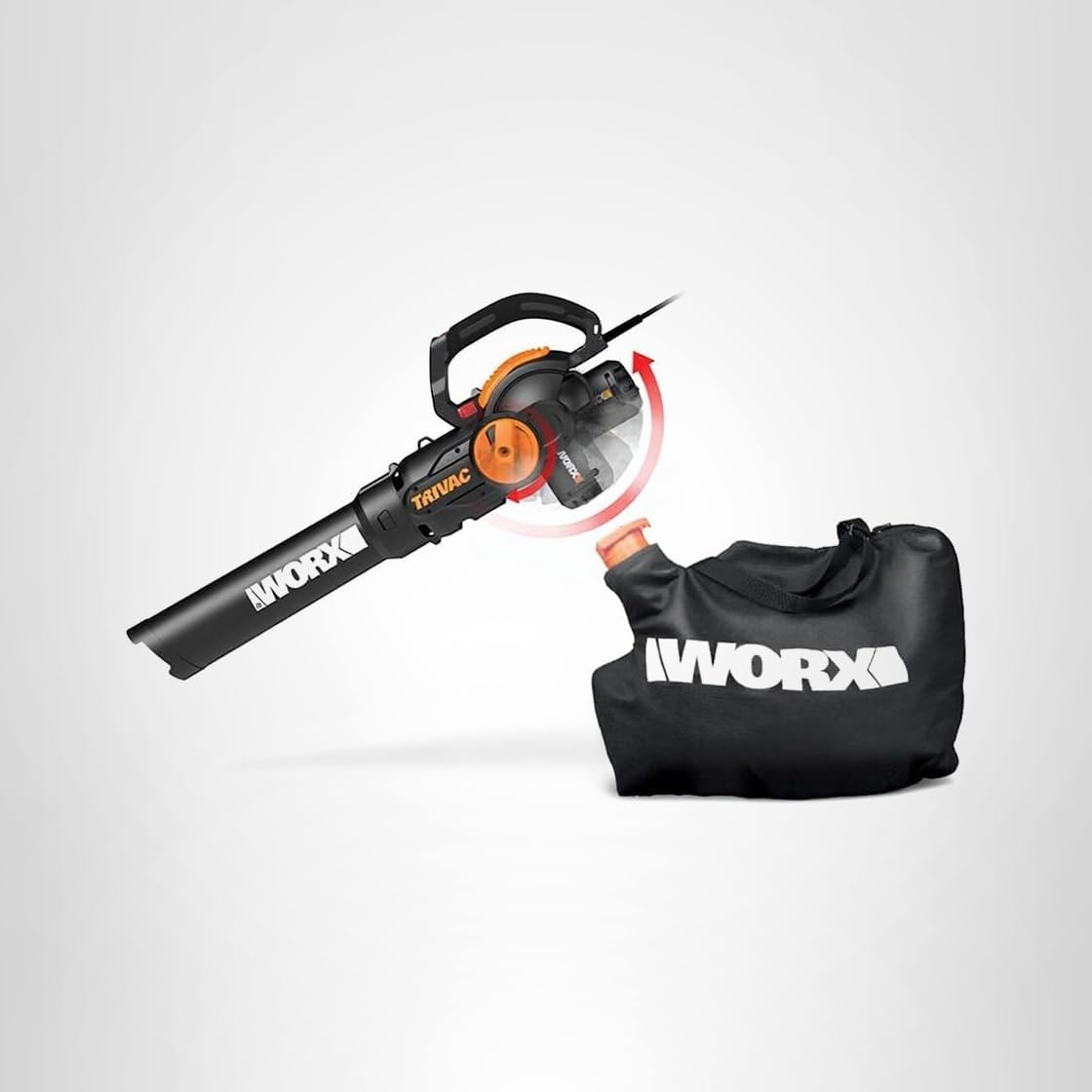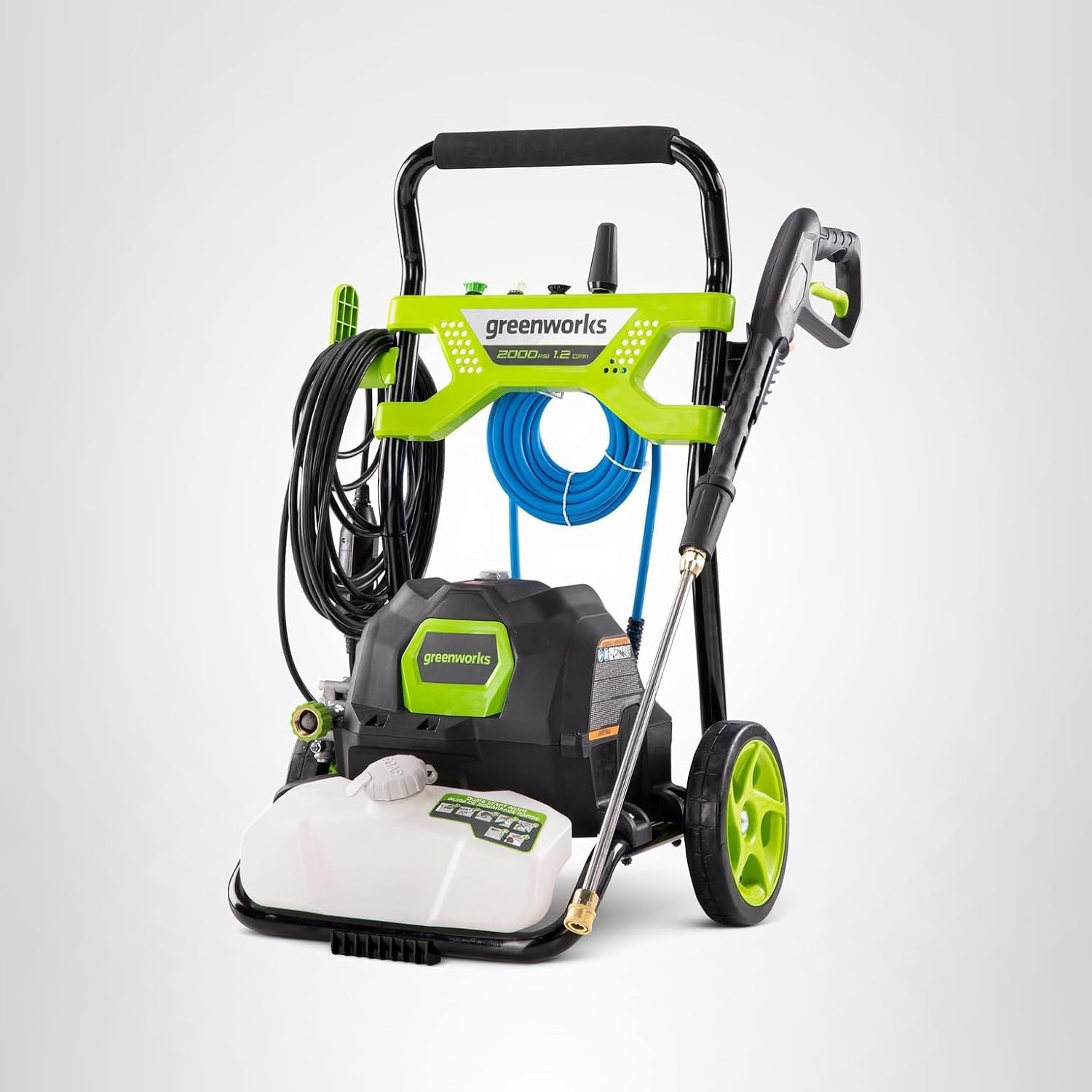Lawn Care 101: The Ultimate Beginner’s Guide to a Dream Lawn
So, you’re a new homeowner. You’ve got the keys, the mortgage, and a patch of green earth to call your own. You have a vision: a lush, carpet-like lawn where your kids can play, your dog can roll, and your neighbors can cast envious glances. But then reality hits. You’re standing in the lawn care aisle at the hardware store, staring at a wall of mysterious bags, bottles, and gadgets, and you realize you have no idea where to even begin. Sound familiar?
My name is Alex, and for the last 15 years, I’ve been obsessed with turfgrass. I’ve made every mistake you can imagine—I’ve scorched my lawn with too much fertilizer, scalped it by mowing too short, and battled weeds that seemed invincible. I created this guide so you don’t have to make those same mistakes. This is Lawn Care 101, the foundational knowledge I wish I had when I first bought my home.
Forget the confusing jargon and complicated science for a moment. Great lawn care comes down to mastering six fundamental pillars. We’ve designed this guide to be the only bookmark you’ll need, breaking down each pillar into simple, actionable steps. This is your journey from being a lawn owner to becoming a lawn master.
Step 1: Know Your Turf – The Most Important Thing You’ll Do All Year
Before you buy a single product or start a single engine, you must understand what you’re working with. Not all grass is created equal. In the United States, turfgrass falls into two main categories, and knowing which one you have will dictate your entire lawn care calendar.
Cool-Season Grasses
Found primarily in the northern half of the country (think the Northeast, Midwest, and Pacific Northwest), these grasses thrive in areas with cold winters and hot summers. They do most of their growing in the spring and fall.
- Examples: Kentucky Bluegrass (KBG), Tall Fescue, Fine Fescue, Perennial Ryegrass.
- Hallmarks: Typically have finer blades and stay green for most of the year, though they may go dormant (turn brown) in extreme summer heat and drought.
Warm-Season Grasses
Found in the southern half of the country (the Sun Belt), these grasses love the heat and peak in growth during the summer months. They will go dormant and turn brown after the first frost in winter.
- Examples: Bermuda, Zoysia, St. Augustine, Centipede, Bahia.
- Hallmarks: Tend to have thicker, coarser blades and spread via runners (stolons or rhizomes). They are very drought-tolerant but cannot survive cold northern winters.
The 6 Pillars of a Perfect Lawn
Pillar 1: Mowing Correctly (The Most Important Task)
Mowing is the most frequent and most impactful thing you do for your lawn’s health. Most beginners get it wrong. Forget about mowing on a fixed schedule (e.g., “every Saturday”). Instead, focus on one simple rule: **The One-Third Rule.**
The One-Third Rule: Never remove more than one-third of the grass blade’s height in a single mowing. If your target height is 3 inches, you should mow when the grass reaches 4.5 inches. Cutting more than this shocks the plant, stunts root growth, and invites weeds and disease. This might mean mowing every 4 days during peak spring growth and every 10 days in the summer heat.
Key Mowing Practices:
- Mow High: Taller grass promotes deeper roots, shades out weeds, and is more drought-tolerant. A good rule of thumb is 3-4 inches for cool-season grasses and 2-3 inches for most warm-season grasses.
- Keep Your Blades Sharp: A dull blade tears grass, leaving a shredded, brown tip that is susceptible to disease. A sharp blade cuts cleanly. Have your blades sharpened at least twice a year.
- Mulch or Bag?: For most mows, mulching is best. It returns tiny grass clippings to the soil, which act as a natural fertilizer. Only bag if the grass is excessively long or if you’re trying to control the spread of a lawn disease.
- Change Your Pattern: Alternate your mowing pattern each time (diagonal, horizontal, vertical) to prevent ruts and encourage the grass to grow upright.
The right technique is only half the battle. Your mower is the most crucial piece in your arsenal. For a complete rundown of all the essential equipment, explore our guide to the best lawn tools for 2025.
Pillar 2: Watering Wisely (Deep & Infrequent)
The secret to a resilient, drought-tolerant lawn isn’t watering every day. It’s watering deeply but infrequently. This trains the grass roots to grow deep into the soil in search of water, creating a much stronger and healthier plant.
The Goal: Aim to provide your lawn with about **1 to 1.5 inches of water per week**, including rainfall. It’s far better to do one long watering session of 1 inch than three short sessions of 1/3 inch.
Key Watering Practices:
- The Tuna Can Trick: How do you know how long to run your sprinklers to get 1 inch of water? It’s easy. Place a few empty tuna cans (which are about 1 inch deep) around your lawn. Turn on your sprinklers and time how long it takes for them to fill up. That’s your watering time.
- Water in the Early Morning: The best time to water is between 4 AM and 9 AM. This minimizes evaporation from the sun and wind and allows the grass blades to dry during the day, which helps prevent fungal diseases.
- The Footprint Test: Not sure if your lawn is thirsty? Walk across it. If the grass springs right back up, it’s well-hydrated. If your footprints remain flattened for a few minutes, it’s time to water.
For beginners, a simple oscillating sprinkler and a hose-end timer from Amazon are inexpensive tools that can help you water correctly and consistently without having to think about it.
Pillar 3: Fertilizing for Health (Feed Your Lawn)
Your lawn is a collection of millions of living plants that need food to thrive. Fertilizer provides the essential nutrients—Nitrogen (N), Phosphorus (P), and Potassium (K)—that your soil may be lacking.
The Basics of N-P-K:
- N – Nitrogen: Promotes vigorous, green, leafy growth. This is the most important nutrient for an established lawn.
- P – Phosphorus: Essential for strong root development. It’s most important for new seed and young lawns.
- K – Potassium: Improves the lawn’s overall health, stress tolerance, and disease resistance.
A typical fertilizing schedule involves 2-4 applications per year. For cool-season grasses, the most important feeding is in the fall. For warm-season grasses, the most important feedings are in the late spring and summer. Using a broadcast spreader is absolutely essential to ensure the fertilizer is applied evenly and to avoid burning your lawn.
Pillar 4: Weed & Pest Control (Be Proactive)
The single best defense against weeds and pests is a thick, healthy, and properly mowed lawn. A dense turf naturally chokes out weeds by leaving no room for them to grow. However, even the best lawns will face invaders.
Understanding Weed Control:
- Pre-emergent: This is the proactive approach. Applied in the spring, it creates a barrier in the soil that prevents weed seeds (like crabgrass) from germinating in the first place.
- Post-emergent: This is the reactive approach. These herbicides are applied directly to weeds that have already sprouted.
For pests like grubs, which can destroy a lawn from below by eating the roots, specific treatments may be needed. The key is to correctly identify the problem before you treat it.
For a beginner, a simple hose-end weed killer is a good start for spot-treating broadleaf weeds like dandelions and clover. But as you advance, understanding the specific challenges in your yard is key. For more advanced strategies on identifying and treating everything from grubs to fungal diseases, consult our comprehensive Lawn Pest Control guide.
Pillar 5: Detailing (The Professional Finishing Touches)
This is the step that separates a “mowed lawn” from a “manicured landscape.” Detailing is about creating clean, sharp lines that frame your lawn and give it a polished, professional appearance. This requires a few key tools beyond your mower.
- Trimming: After you mow, there will always be grass left around trees, mailboxes, and along fence lines that the mower couldn’t reach. A string trimmer is the tool for this job. For help choosing the right one, see our guide to the 5 best lawn trimmers of 2025.
- Edging: For that razor-sharp line against your driveway, sidewalk, and patio, a dedicated edger with a metal blade is the secret weapon. It creates a clean trench that looks incredible and helps prevent grass from creeping onto hardscapes. Learn more in our review of the 5 best lawn edgers.
- Blowing: The final step of any weekly maintenance is cleanup. A leaf blower makes quick work of clearing grass clippings, dust, and debris from all your hard surfaces, leaving the entire property looking immaculate. Find your perfect model in our guide to the 5 best lawn blowers.
Pillar 6: Aeration & Overseeding (Advanced Long-Term Health)
Think of this as an annual “reset” for your lawn. Over time, the soil beneath your grass can become compacted from foot traffic, mowing, and even rain. This compaction squeezes out air pockets, making it difficult for water and nutrients to reach the roots.
- Aeration: This is the process of pulling small plugs of soil out of the lawn (core aeration) or poking holes in it (spike aeration). This relieves compaction and allows the soil to breathe. For most homeowners, this is a task best done in the fall. You can rent a machine or use a manual aerator for smaller areas.
- Overseeding: Immediately after aerating is the perfect time to overseed, which is simply the process of spreading new grass seed over your existing lawn. This is primarily done for cool-season grasses to fill in thin spots and introduce new, more resilient grass varieties.
While this sounds advanced, it’s one of the most beneficial things you can do for the long-term health and thickness of your lawn.
The Next Level: Automating Your Lawn Care
Once you’ve mastered the basics, you can begin to reclaim even more of your time through automation. The single biggest time-saver in modern lawn care is the robotic mower.
These incredible machines handle the daily mowing for you, providing a perfect cut and naturally fertilizing your lawn with micro-clippings. They represent the pinnacle of a “work smarter, not harder” lawn care philosophy. The market has exploded with options, from affordable, value-packed models to high-end, wire-free GPS units.
- To see how they all stack up, check out our complete guide to the best robotic lawn mowers.
- For a deep dive on the best value option for most homeowners, don’t miss our long-term WORX Landroid review.
- And if you’re interested in the absolute cutting-edge of wire-free GPS technology, explore our Kress robotic mowers reviews.
Frequently Asked Questions for New Homeowners
How short should I cut my grass?
This is the most common and most damaging mistake beginners make. Cutting grass too short (scalping) stresses the plant, exposes the soil to weed seeds, and encourages shallow root growth. For most U.S. lawns, a height of 3-4 inches is ideal. Taller grass is healthier grass.
How do I fix bare patches in my lawn?
For small bare spots, the easiest fix is to first rough up the soil with a hard rake. Then, apply a “lawn repair mix” (which contains seed, a starting fertilizer, and mulch all in one) to the area. Keep the soil consistently moist until the new grass is about 2 inches tall. For larger areas, you’ll want to aerate and overseed in the fall.
Should I leave grass clippings on my lawn?
Yes, in most cases, you should mulch your clippings. As long as you are following the “one-third rule” and mowing regularly, the clippings will be small, will decompose quickly, and will return valuable nitrogen to your soil, acting as a free, natural fertilizer. Only bag the clippings if the grass is very long, wet, or if you are trying to control a fungal disease.
What’s the most overwhelming part of lawn care for a beginner?
The most overwhelming part is usually fertilization and weed control—knowing what products to buy and when to apply them. Start simple. Most major brands (like Scotts or Espoma) offer a simple 4-step annual program that tells you exactly what to apply and when. This is a great way to learn the rhythm of a lawn care calendar.
Your Journey Starts Now
A beautiful lawn doesn’t happen by accident, but it also doesn’t have to be a complicated, time-consuming chore. By understanding these six pillars and approaching your lawn care with a consistent, thoughtful plan, you can absolutely achieve the yard of your dreams. It’s a marathon, not a sprint, and one of the most rewarding journeys a homeowner can take.
Start with the basics: identify your grass, mow high, and water deeply. As you build your confidence, you can begin to master the other pillars. We’re here to help you every step of the way.
What’s the single biggest lawn care challenge you’re facing right now? Ask away in the comments below—we’re here to help!























